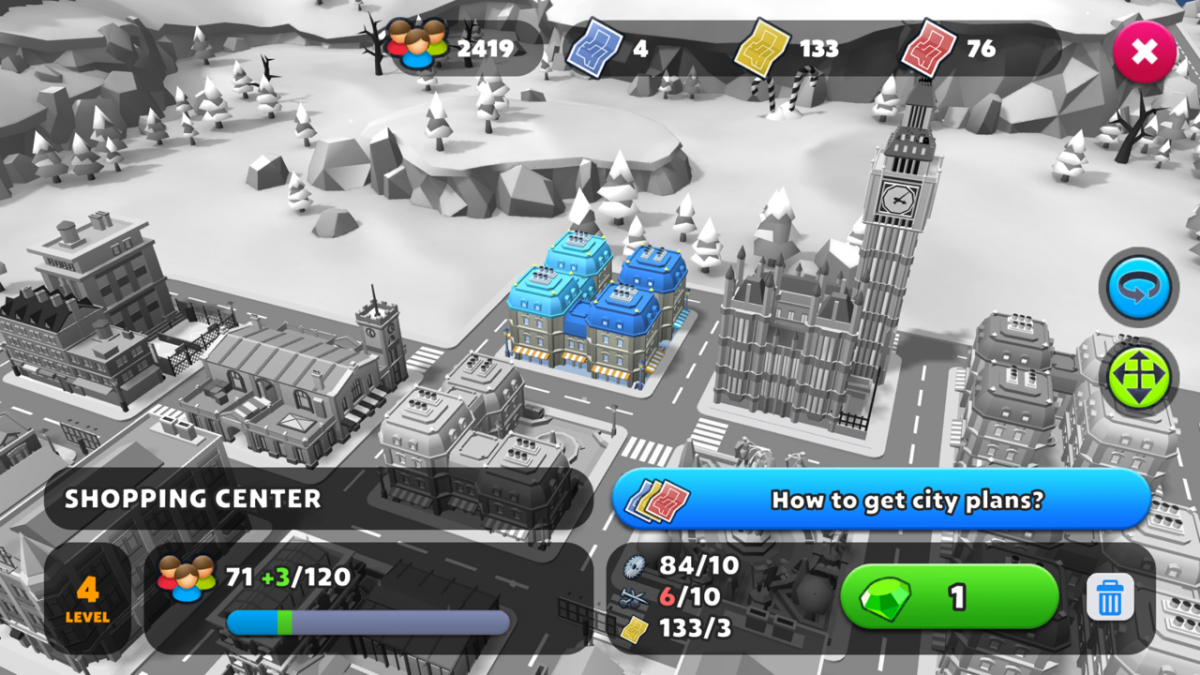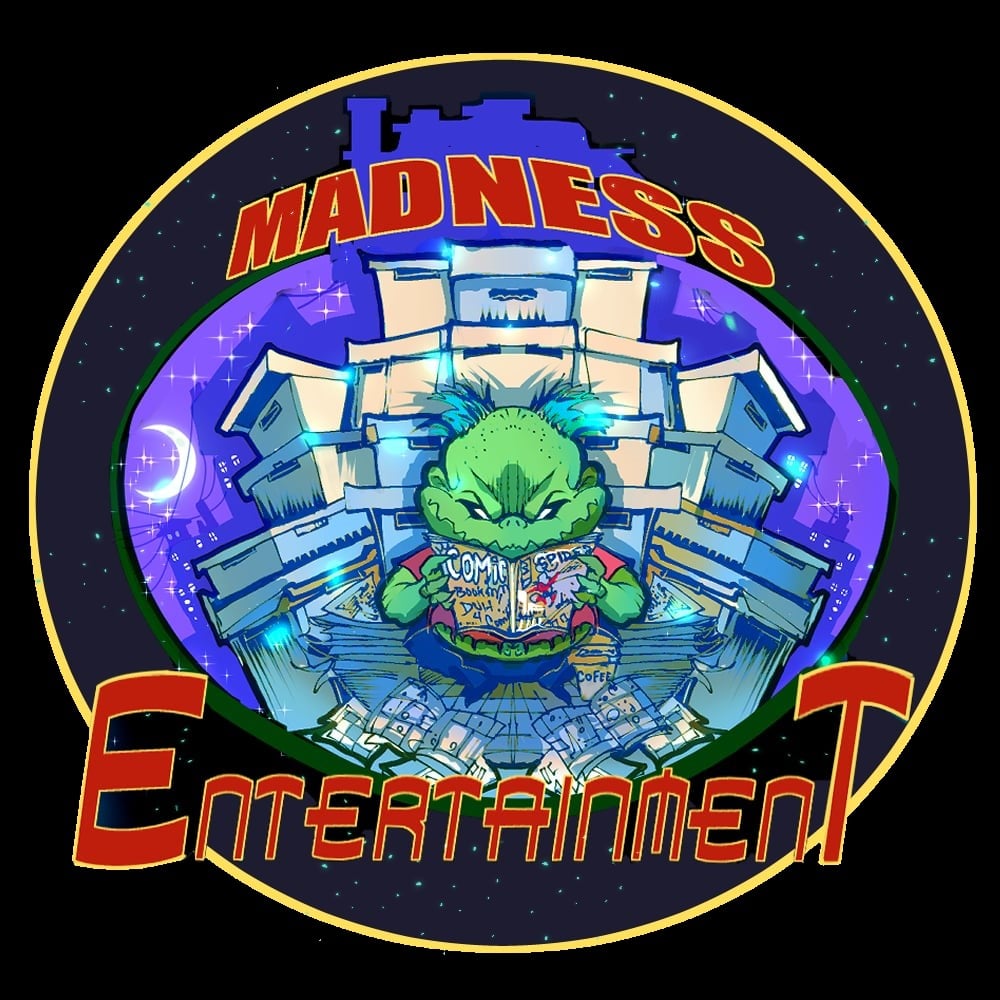You are here
Home › Games › TrainStation 2 Subtly Teaches Warehouse Management, Currency Exchange Trading ›TrainStation 2 Subtly Teaches Warehouse Management, Currency Exchange Trading
FTC Statement: Reviewers are frequently provided by the publisher/production company with a copy of the material being reviewed.The opinions published are solely those of the respective reviewers and may not reflect the opinions of CriticalBlast.com or its management.
As an Amazon Associate, we earn from qualifying purchases. (This is a legal requirement, as apparently some sites advertise for Amazon for free. Yes, that's sarcasm.)

There are a number of ways my smart phone has become a sine qua non of my life. I can't recall what it was like to be unreachable anymore, simply because I was driving or otherwise not sitting by a landline. My smartphone responds to my voice when I need to know the answer to all the important questions of my existence -- like, "How do I get home from here?" and "What time does Wal-mart close tonight?" and "How much wood would a woodchuck chuck, if a woodchuck could chuck wood?" (If you've never asked that question, you really should!) Since sharing this technological miracle with my son, the phone has also begun to fill up with all kinds of driving games, aquarium simulations, and tap apps -- time-wasters, surely, a waste of the planet-sized computer brain inside the pocket-sized device.
Or are they? Recently, we've been working together in Pixel Federation's Trainstation 2, a railroad tycoon simulation game that requires you to build up areas of the world through establishing train routes, obtaining raw materials, milling them into tools, and then delivering these items to locations that will use them to become even more productive. Playing TrainStation 2 (or similar tap games) could be a springboard for the bright young players to realize that they can do better than make game money and make real money by buying and selling dollars against euros, yen against pound. Soon they won't be asking if they can buy a TrainStation holiday event train, but if they can take advantage of the etoro bonus while the rates are favorable. Warehouse management and foreign exchange (or 'forex') principles are only a few of the things that can be learned from games like TrainStation 2. Of course, it's up to a good teacher to recognize these intrinsic concepts in the gameplay so that they can be brought out to the players.
Your Station
You enter the game with an overview of Your Station. This is where you build up your own city's population by adding different types of buildings. it is also where you process raw materials into other items, and even send ships out once a day with cargo in exchange for building supplies. In the image above, you can see the Chemical and Refinery plant is 4 minutes and 6 seconds away from completing the task of making a batch of adhesive -- which required you to have gone out collecting the correct amounts of wood and crude oil from different parts of the world that supply it.

Currently in city, one of our Shopping Centers is ready for an upgrade, which will increase the population by 3. Needed are sawblades, nails, and yellow city plans. We have the blades and plans, but we're short by 4 nails. We'll have to make some. For that, we go to visit our Iron Mill.

Warehouse Management
At the Iron Mill, we can make 40 nails in 10 minutes, if we have 10 units of steel. You can see the 6 nails that we already own, and that we also have 11 units of steel in our wareouse. This is actually where the management of your warehouse becomes important. Your warehouse is finite -- it's not a magic portal where you can put everything until you need it. It runs out of space. As your city gets larger, you can upgrade its capacity, but you still need to be judicious in its use.
Since you can't control the quantities made at the various production mills (you will always make 40 nails every time you produce them), you have to more aware of the raw materials you pull in.

By going to the Steel Factory (which we have built much earlier in Britain), you can select a train to transport steel back to your warehouse. You collect various trains throughout the game, and you can upgrade them as you wish to their maximum capacities. Not every train is capable of visiting each facility, so you will be shown which trains are available to be dispatched by tapping on place you're visiting. You can see here at the Steel Factory we have available to us a Crampton, an Erie L-1, and two Shay Class C's, all of which have had their hauling capacities upgraded to different levels.
It's tempting for the novice player to select the first train. And why not? It's first in the list, and it hauls back a lot! You'll have steel left over for another project later. But remember, your warehouse is a finite area. The closer it gets to capacity, the less likely you'll be able to collect those 40 nails after you've made them -- there won't be a place to put them, and you'll have to start getting rid of stuff. You may even just have to delete it, if you don't have a destination calling for that particular resource.
Note that we only need 11 steel already and we need 40. So we only need 29 steel to finish the job. While we could send the Erie L-1, saving a dispatcher and minimizing our overage to 6 units of steel left over, the collection of the steel is only a 3 minute job. And those 6 units have to be stored in the warehouse.
But what if we send out both Shay Class C trains? One carries 17 units, and the other carries 12. That's exactly the 29 units needed -- enough to prouce the nails and having no impact on our warehouse inventory.
This is actually one of the basic concepts of "Just In Time" inventory, a warehouse management principle used in the real world. Because real world warehouses are, like in the game, finite. What's more, business owners have to worry about things like taxes, depreciation, damaged inventory, loss -- all of which gets ameliorated if you can keep a flow going, so that what comes in immediately goes out. Bet you didn't think you'd learn that from a "time wasting" tap game, did you?

We try to keep our warehouse at about half full -- sometimes with better success than others.
Currency Exchange (FOREX)
As is common with most tap games, there is a means of using "money" -- in the forms of coins, gems, or the real stuff -- to acquire things faster than through standard game play. We've all heard stories about people finding out that they're bank accounts had been drained because someone's child spent thousands doing speed-runs through difficult levels. Note that we could have skipped all this business about getting steel and making nails if we wanted to just spend 1 gem to upgrade our Shopping Center.
Completing activities earns you experience points, coins, and train spare parts, all of which have their roles. You can buy new buildings (and other things with coins). If you haven't earned the coins, you can buy more coins with gems.

The rate of gems-to-coins remains pretty constant, although as you can see you get "bulk discounts" as an encouragement to purchase at the higher levels. But how do you get those gems?
The gems are more rarely obtained, and thus more valuable. You can get them one at a time, a few times a day, by watching an ad. Or, if you're the impatient type, you can just go to the store and buy them. With actual money.

It may not mean much to you to spend $3.99 for 200 gems, particularly if you've been frustrated by a certain task, or you are running out of time in an event. But I have a hard time fathoming how serious a player would have to be to buy 6000 gems for $89.99 in -- again, we remind you -- real US hard currency.
But notice there is also the option of a "Sale." At certain points in a season, the cost of the gems comes down. Now you can buy the gems for less money and, if you hold on to them until after the sale and the price goes back up, your gems have realized a profit. This doesn't help you in the game, as you can't sell your gems back, or to other players, but it's a good learning opportunity to discuss with the young players in your house (as we do) to show the valuation of things bought at a discount. Again, this translates into a real world concept of currency exchanges. In this case, it's digital coins from digital gems for real world money, but the concept translates across to the actual financial strategies of forex principles.



